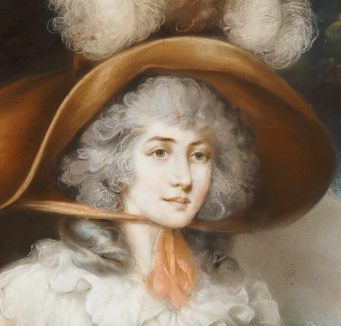Atomic interface elements.
Stop styling everything from scratch.
Tailwind CSS is great. But do you really want to design all your interface elements from scratch for every new project? Are you confident you'll handle all the accessibility states properly?
Traditional design libraries are overkill — but Tailwind on its own isn't enough when you're just getting started. a17t tries to get the balance right. Instead of providing all-inclusive, opinionated components (like jumbotrons, navbars, and menus), a17t provides common single-class elements in a neutral design language.
As a Tailwind CSS plugin, a17t configures itself using your tailwind.config.js file, so it'll
integrate seamlessly with your codebase.
